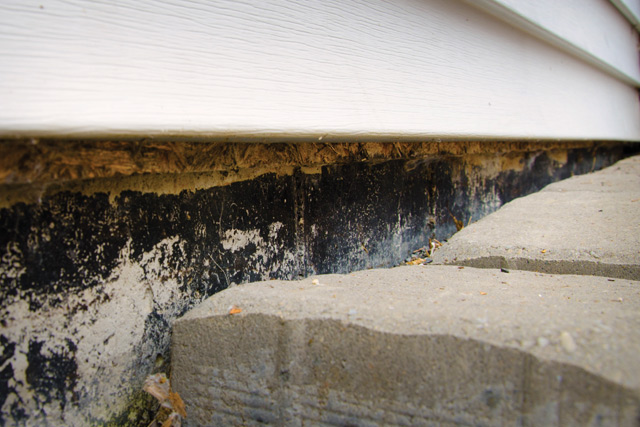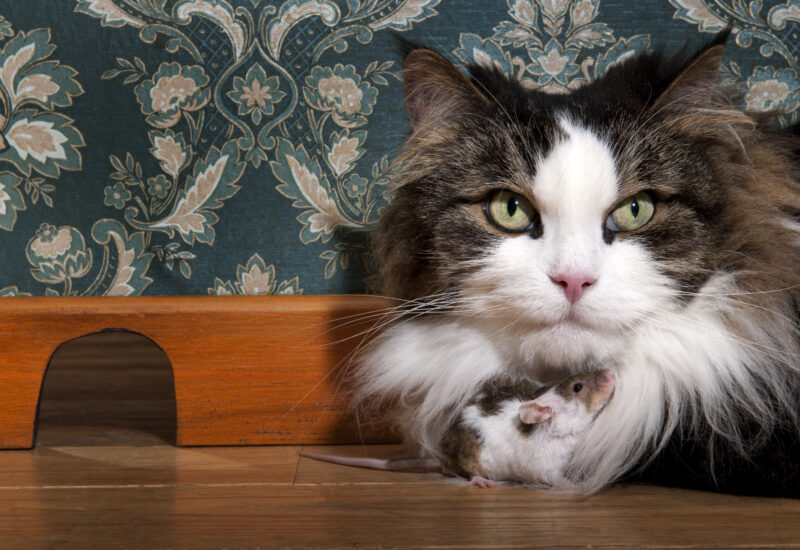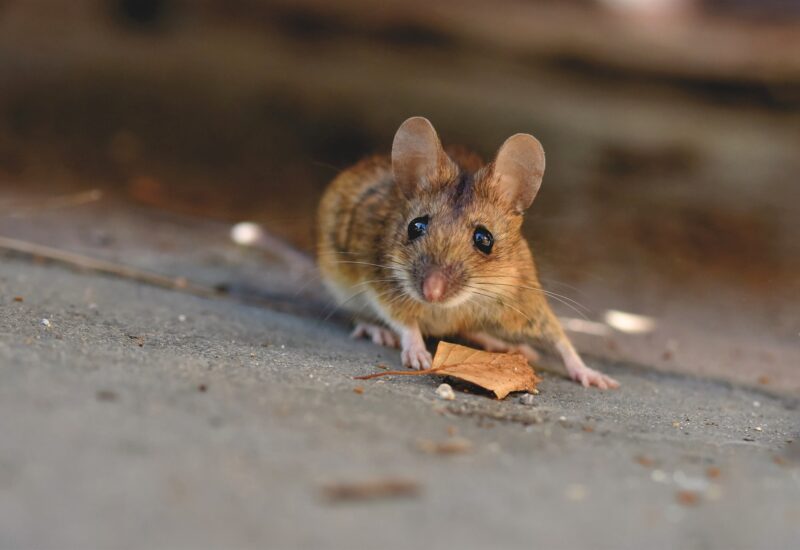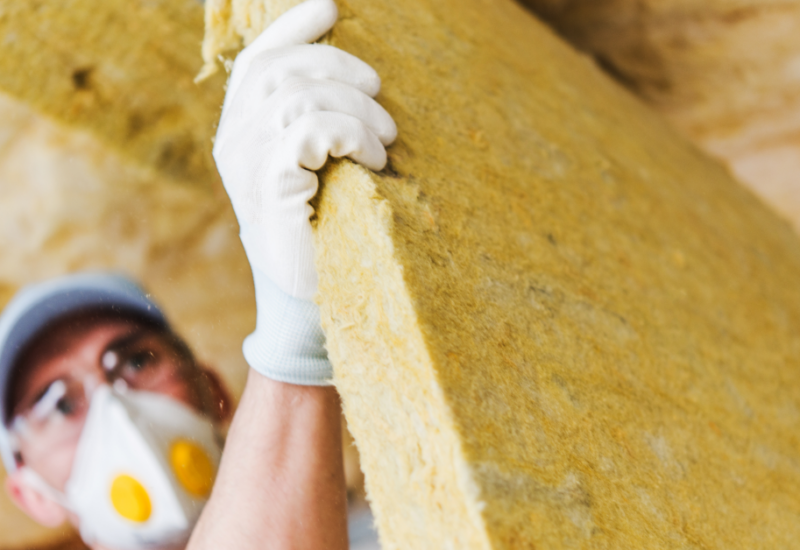7 Ways Mice Get In The House

7 Ways Mice Get In The House & 7 Solutions To Keep Mice Away
As the days continue to get colder, things are just starting to heat up in your walls. Mice are moving indoors to stay warm and well-fed during the chilly winter months. These common household pests may be small, but they can cause HUGE headaches for homeowners. Not only can mice contaminate food and surfaces with salmonella and other bacteria, but these critters and their droppings are vectors for the hantavirus. Mice can also bring fleas, ticks and other parasites into your home.
Mice can jump a foot into the air and are excellent climbers and swimmers. They can squeeze through openings as small as a dime. Overall, these rodents are well-equipped to get into your home.
Learn about how mice get in your house and follow these tips, so you can keep mice away, and become an expert in mice prevention.
1. Corner Posts and J-Channels
Corner posts are used to finish off the ends of siding at the corners of your house, and j-channels are used like trim around windows and doors to hide the ends of vinyl siding. The hollow corner posts make it easy for mice to climb up the side of your house and the gaps between j-channels and siding are often large enough for mice to get in behind the siding.
Solution
Use S.O.S steel wool pads or Chore Boy copper mesh to fill any openings in the corner posts or j-channels and seal with silicone caulk.
2. Foundations
Mice can get into your house through cracks in the foundation. Rubble foundations and stacked stone foundations are particularly susceptible to gaps that are large enough for rodents to get through.

Solution
Run your finger along the sill plate to look for cracks and fill with silicone caulk.
3. Attached Garages
Uneven garage doors, leaving doors open for long periods of time and clutter in your attached garage are all invitations for unwanted houseguests.
Solution
Organize and reduce clutter in your garage. Inspect the sheetrock on the shared wall for any openings and fill with silicone caulk. Be conscious about leaving garage doors open for extended amounts of time. Install weather stripping on garage doors.
4. Basement Doors
Slanted basement doors on the outside of some houses allow for easy access and gaps between the two doors are often large enough for mice to sneak through.
Solution
Install good weather stripping and check to see if the doors fit tightly together.
5. Gutters and Downspouts
Mice can easily climb up downspouts and along gutters to access any openings near or on the roof of your house.
Solution
Install hardware cloth or chicken wire, using gutter screws, around the opening at the base of the downspout to prevent these whiskered pests from climbing up. Word of caution, you must remove this barrier regularly and clean any debris that gets trapped in there. You can also use silicone caulk to fill an gaps in the soffit, facia, eaves and ridge vents.
6. Chimneys
Mice are strong climbers and can easily scale the chimney to get into your house.
Solution
Install 12-inch wide sheet metal around the base of the chimney. This makes it too slippery for mice to start their climb.
7. Openings for Utility Lines
Utility companies make openings in the side of your house to run utility lines. Often, these holes are plenty large enough for rodents to get into the house.
Solution
Seal the openings with silicone caulk.
We hope you can use these seven easy solutions to keep mice out of your home. However, if you fear you are dealing with a serious mouse infestation, you should consider contacting your local pest control company.
At Catseye, we have the knowledge, skills, and equipment to effectively handle any mice problems you might have. Combining our Mice and Rodent Control program and Cat-Guard Exclusion Systems, we ensure that any rodents in your home are removed, and your home is permanently sealed.
If you wish to learn more about our services offered, feel free to contact us. We’d be happy to answer any questions you might have.






